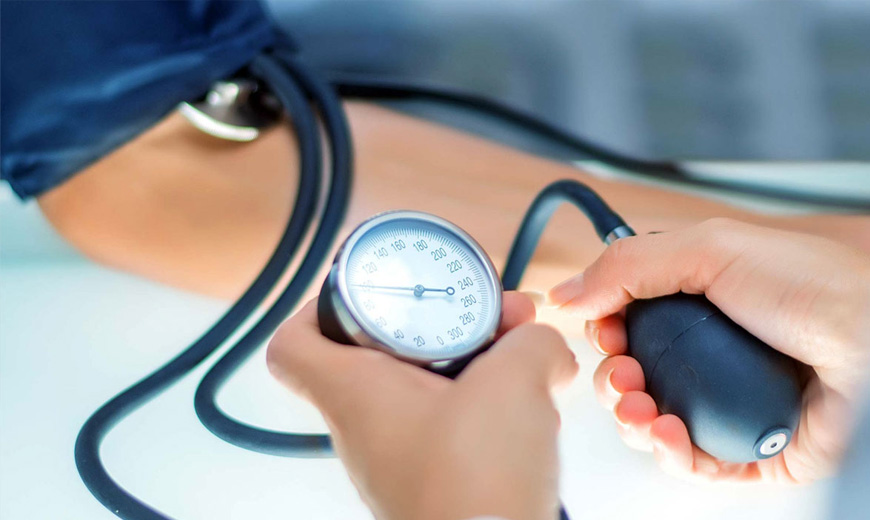Terra Pharmaceuticals

Hypertension
Hypertension is used to describe high blood pressure. It refers to the high pressure of blood within the blood vessels. Blood pressure measurements are taken in millimeters of mercury (mmHg) and usually consist of two values. For example, 120/80 mmHg. Either one or both of these numbers can be excessively high. These two values are parameters referred to as systolic (higher) blood pressure and diastolic (lower) blood pressure. It can also be read as 12/8. Having a systolic pressure of 120-140 mmHg and a diastolic pressure of 80-90 mmHg is considered high/normal or a pre-hypertension condition. Individuals with pre-hypertension should have their blood pressure regularly checked because it is likely to further increase.
When blood pressure is 140/90 mmHg or higher, it is referred to as hypertension, which is a condition that requires treatment. For individuals with diabetes, the threshold for high blood pressure is lower: 130/80 mmHg.
Causes of hypertension:
There are numerous factors that affect blood pressure:
• The amount of water and salt in the body
• The condition of the kidneys, nervous system, and blood vessels
• Different levels of body hormones
Blood pressure can increase with age due to the hardening of blood vessels. In this case, blood pressure rises. High blood pressure increases the risk of stroke, heart attack, heart failure, kidney disease, and premature death. The risk of increased blood pressure is higher if the following conditions are present:
• Obesity
• Frequently being stressed or anxious
• Consuming excessive amounts of salt in the diet
• Having a family history of high blood pressure
• Diabetes
• Smoking
Most of the time, the cause of hypertension is unknown. This condition is referred to as essential hypertension. High blood pressure can be attributed to another health problem or medication, which is known as secondary hypertension. Secondary hypertension can be caused by the following factors:
• Alcohol addiction
• Atherosclerosis
• Autoimmune diseases like periarteritis nodosa
• Chronic kidney disease
• Aortic coarctation
• Cocaine use
• Diabetes (if it causes kidney damage)
• Adrenal tumors (pheochromocytoma, aldosteronism), thyroid disorders, and endocrine disorders like Cushing syndrome
• Medications such as appetite suppressants, birth control pills, cold remedies, corticosteroids, and migraine medications
• Renal artery stenosis
Symptoms
Most of the time, there are no symptoms. Possible symptoms that may occur include:
• Confusion
• Ringing or noise in the ears
• Fatigue
• Headache
• Irregular heartbeat
• Nosebleeds
• Visual disturbances
If severe headaches or any of the above symptoms are present, it is important to seek medical attention immediately. These may indicate complications or a dangerously high blood pressure condition called malignant hypertension.
Diagnosis and Tests:
A physical examination is conducted, and blood pressure is checked. If the measurement is high, there may be suspicion of high blood pressure. To confirm the diagnosis, measurements need to be repeated over time. Other tests may be performed to check for blood in the urine or signs of heart failure. The heart, kidneys, eyes, and other organs are examined for signs of complications. These tests may include:
• Echocardiography
• Electrocardiogram
• Urinalysis
• Kidney ultrasound
TreatmentThe goal of treatment is to lower blood pressure and reduce the risk of complications. A blood pressure target should be set for the patient. There are various medications that can be used in the treatment
Source: http://www.nlm.nih.gov/medlineplus/ency/article/000468.htm





